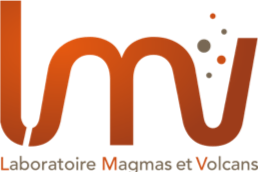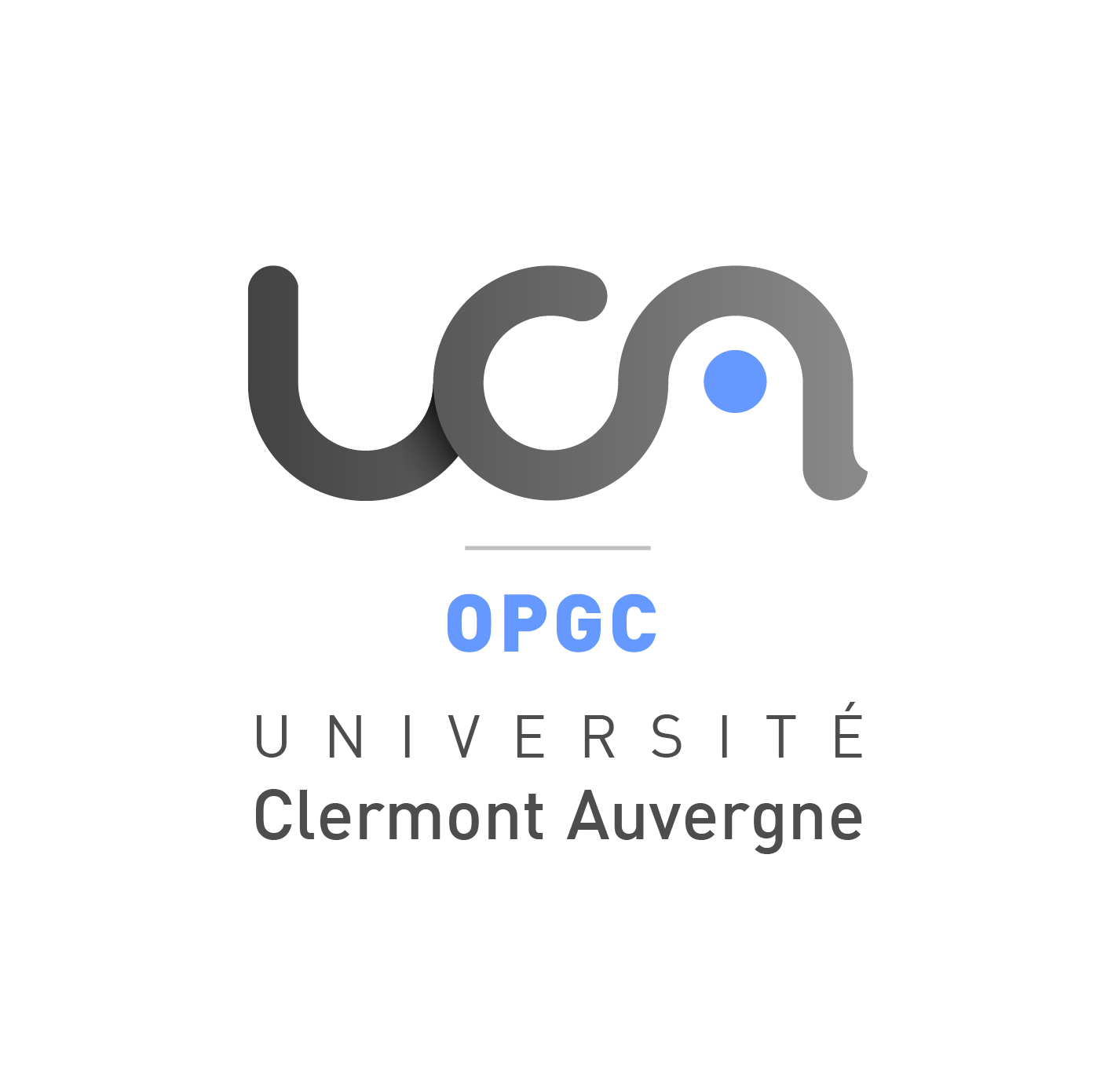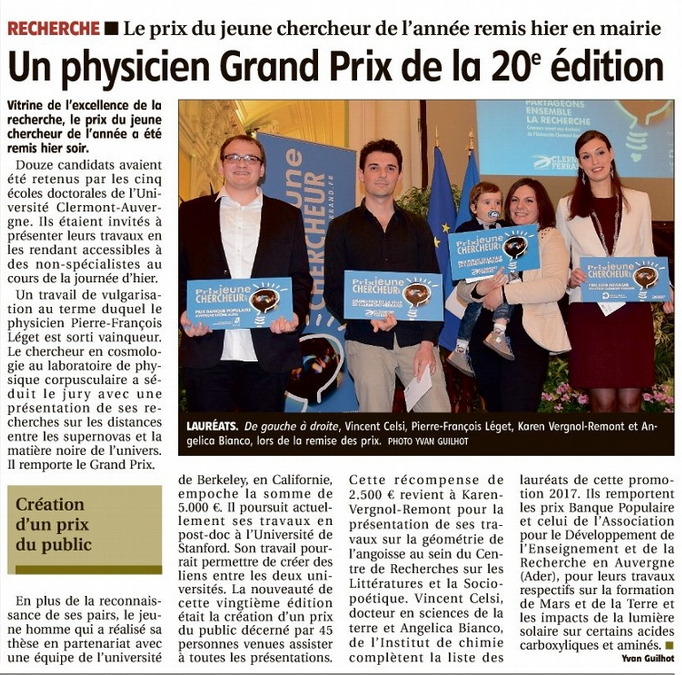Vous devez vous connecter pour accéder à cette page.
https://youtu.be/PfQ8QfzwUws https://youtu.be/BGB_86G50iQ https://youtu.be/r9IMWbgUy1c https://youtu.be/SKoPf2Qr9-c https://youtu.be/Q12-VRvGTxk https://youtu.be/DJEnQWiMluw https://youtu.be/C2GID1u232Y https://youtu.be/yF1e3hhvoio https://youtu.be/gHkjNJrcFm0 https://youtu.be/RPSWNgKhY6Q https://youtu.be/a8cwS132hFs https://youtu.be/eQWTrTWC4iU https://youtu.be/rRm15iihiXE
– Représentation Graphique des Paragenèses des Roches Métamorphiques – La règle des phases permet de réaliser des représentations graphiques simples des paragenèses des roches métamorphiques, pour une gamme de compositions chimiques données. Un outil extrémement puissant pour comprendre pourquoi tels ou tels minéraux ne peuvent exister ensemble dans une même roche, dans un intervalle donné…
La personne recrutée sera affectée à l’équipe de pétrologie expérimentale du Laboratoire Magmas et Volcans (LMV), Unité Mixte de Recherche de l’Université Clermont Auvergne, du CNRS et de l’IRD. Ses travaux devront être complémentaires des autres chercheur.e.s dans le groupe et enrichir les axes de recherche de cette équipe. Ils pourront également relever d’un des…
Voici-dessous, les résultats du concours du Prix Jeune Chercheur de la ville de Clermont-Ferrand 2017. Toutes nos félicitations à Vincent Clési qui a remporté le prix Banque Populaire. Lien vers La Montagne
Le Laboratoire Magmas et Volcans propose actuellement : Un poste de Maître de Conférences : http://lmv.univ-bpclermont.fr/poste-de-maitre-de-conferences-en-geologie-appliquee-geologie-de-lamenagement/ Deux thèses en géochimie : http://lmv.univ-bpclermont.fr/2-theses-a-pourvoir-en-geochimie/
Dense pyroclastic flows Dense / dilute pyroclastic flows and exchanges Debris avalanches Mud Flows Lava flows All the simulations are done witth the code VolcFlow VolcFlow web site to download the code, examples and for user help Modélisation de l’avalanche de Socompa (Chili) Modélisation des écoulements pyroclastiques denses et dilués du…




